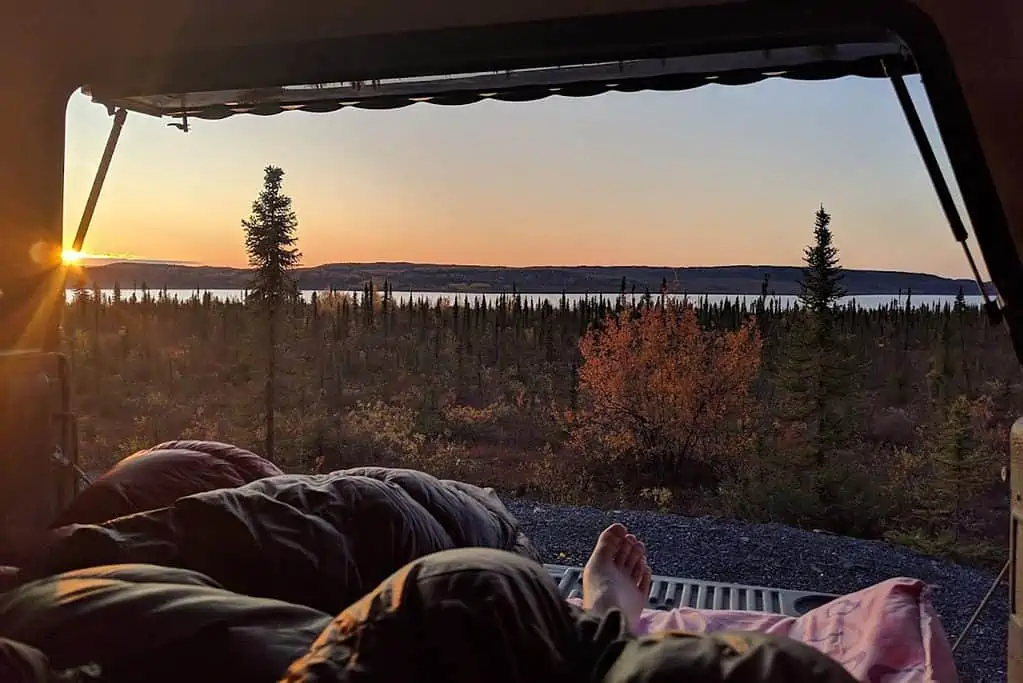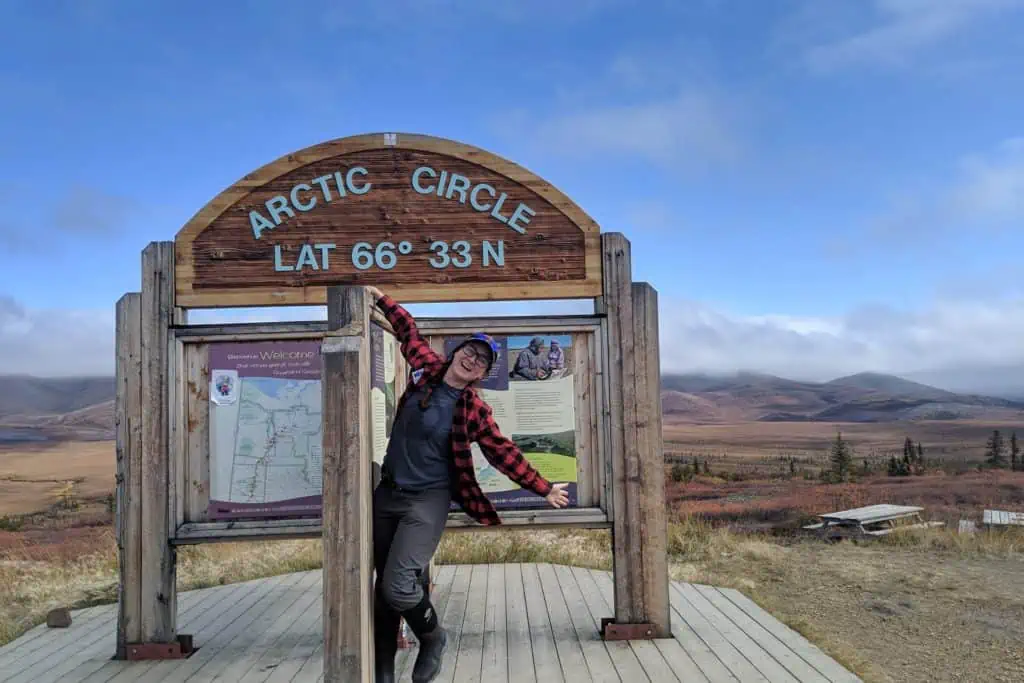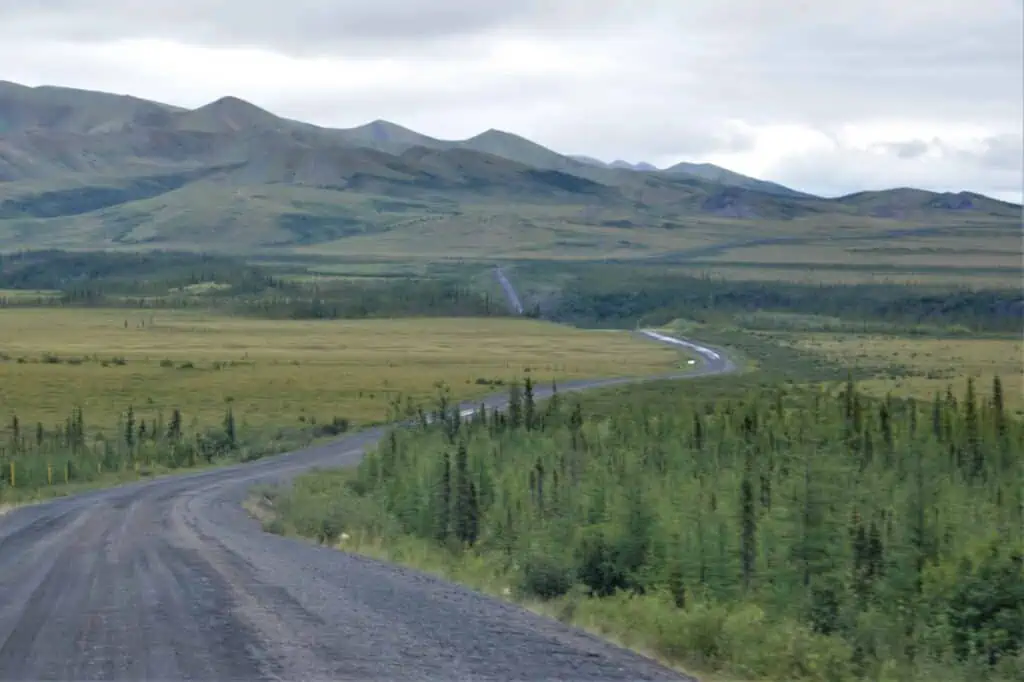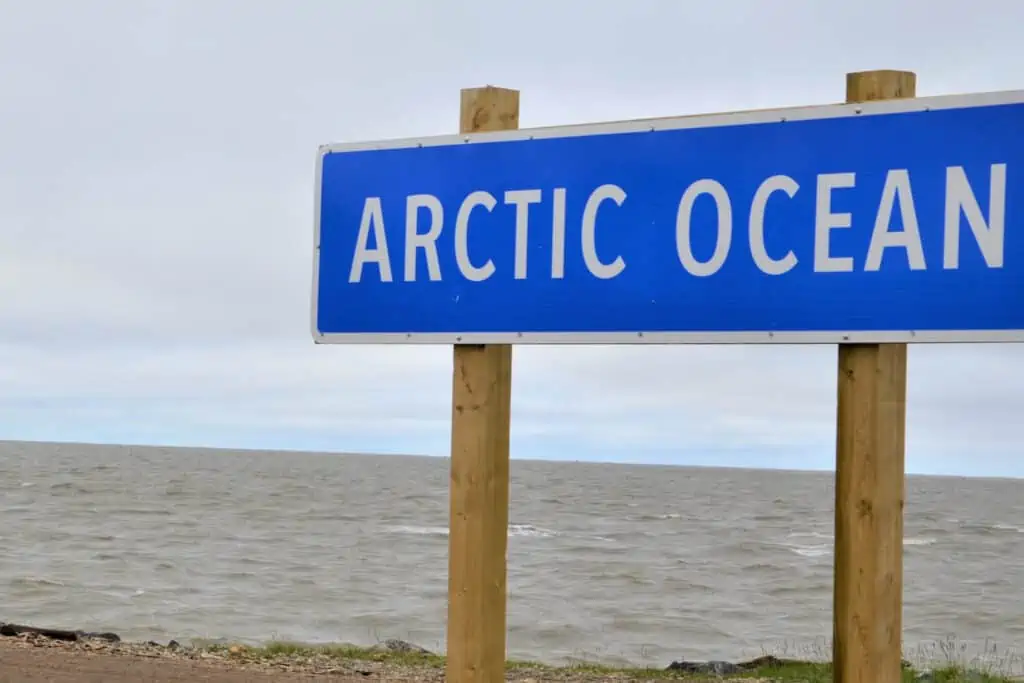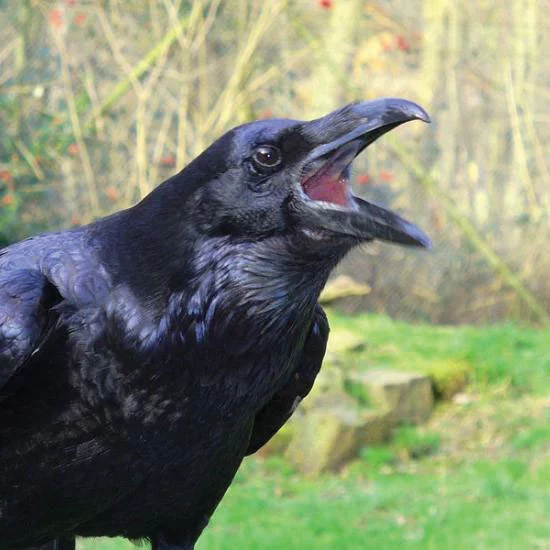
I remember my first conversation with Joe Ben Raven like it happened yesterday. It was the winter construction season of 1972-73 up on the Eagle Plains of the Yukon’s half-built Dempster Highway in a borrow pit south of the Oasis in the Wilderness—a hotel which is itself only 35 kilometres south of the Arctic Circle.
Today it sits on the old site of the final camp of Majestic Wiley Oilfield Services, the Alberta company tasked with getting the Dempster to the southern bank of the Eagle River and the crossing where the Engineering Corps of the Canadian Army would build the bridge the following winter as a training exercise.
I was one of about ten “Catskinners” (Bulldozer operators) running a D-8H, or maybe a K, as we had both. We ripped and dozed the permafrost to be piled up and loaded onto high-speed Kenworth short-dumps, It was then hauled out to end-of-grade where it was used as the subbase of the eventual finished road. The work had to be done in the winters between November and April (the colder the better) so the material stayed frozen until it was covered and protected. It was just another day at the office until lunch break at low noon when I shut the machine off and opened my lunch pail. As I was filling my thermos with coffee, a young raven landed on the hood of the Cat, not three feet away, and said emphatically, “Kronk! Kronk! Kronk!” To me, it sounded like a demand: “give me food!”
So I did. Without thinking, I also uttered my first “caw-caw gurgle,” by which I meant “OK, here ya are.” And the raven replied with a single “gronku,” which sounded to me just like “thank you.”
That moment was the start of it. I recall chuckling to myself and wondering if, considering I was talking to the birds on the Dempster, it was maybe time to take some days off, go to town (Dawson City) and visit my girlfriend. My fellow operators, three of them working in the same pit, noticed that I seemed to have acquired a new friend because Joe Ben Raven showed up every day at lunchtime, and both coffee breaks, begging for a handout. When one mentioned I appeared to be talking to the raven, I asked my coworker if he had a dog?
“Yes.”
And did he talk to the dog at times?
“Of course. Everybody talks to their dogs.”
And did the dog ever reply or talk back?
“Never.”
Well, my raven talks back and he’s ten times smarter than any dog who ever lived, including Lassie, Raspoochin and Rin Tin Tin.
At the very beginning, it was like an adult talking to an infant identifying objects and how to pronounce them. I was the infant because ravens don’t have lips and could never pronounce our complex English-language words such as serendipity and ubiquitous (two of my favourites) even with a split tongue like parrots, macaws and magpies. But I could easily mimic the sounds and throaty gutterings, mutterings and utterings of the raven while he patiently taught me his language, which is called ravenese in Canada and ravenish in England. I was not the first crazy white man to try to break down the language barrier between ravens and humans. In the early 20th century in northern Maine, there was a reclusive old Yankee logger who spoke Frenglish and had a shelter for wild birds and animals. He had been studying ravens for half a century and identified over 100 combinations of raven sounds and what they meant, creating a raven dictionary of sorts. That same man had a pet raven in his domestic flock. He knew for a fact it was 90 years old when most scientists believed a raven’s lifespan to be in the range of 25 to 40 years. When I eventually asked Joe Ben Raven which was more accurate, he said he knew many centenarian ravens in the Yukon when he was a chick, most of them in his late father’s high Arctic flock, which followed the migrating Porcupine caribou herds with their endless supply of carrion. That first winter on The Dempster in 1972, when I was learning the ABC’s of ravenese, I was 25 years old. I’m 72 now, which means we met 47 years ago when he was a young and single bird of four or five years. He’s pushing 60 now and is still in good shape with no signs of old age.
Ronnie McPhee, an ex-Maritimer (“But not a Newfie!”) who was a fisherman on the Yukon River in the 70s and early 80s, flew the same flag on his long flat-bottom riverboat out of Dawson to indicate when he was loaded with salmon for sale. He was known as McFish to the miners around town, although my personal nickname for him was “The Mad Leprechaun” because of his size and appearance. He was the only human being I ever met who shared my interest or obsession with ravenology. There was only one big difference between us. I simply wanted to write about ravens while McPhee wanted to actually BE a raven. He was jealous that he wasn’t and was resentful of their arrogant freedom and independence. He kept a gut bucket on the bow of his riverboat simply to feed the ravens. There was a small local flock that was always riding up and down the river with him on his boat, named “Nevermore” to honour Edgar Allan Poe, who wrote “The Raven” in 1845.
Not long after Joe Ben and I broke the language barrier, I decided to introduce him to McPhee who refused to believe I had learned how to talk to ravens up on the Dempster. We were sitting on a summer bench located on Main Street in Dawson, outside the front door of The Midnight Sun saloon. We were sharing a brown paper bag containing fermented grape juice when I kronked for Joe Ben to get off the telephone pole and join us.
McPhee was incredulous and bug-eyed as he listened to Joe Ben and I kronk, gronk, gurgle and caw in animated conversation on a Dawson street corner.“Amazing!” he said. “I couldn’t be more surprised if one of my gutted salmon sat up and started singing ‘Old Man River’ in the middle of a fish sale. What did he just say to you?”
“Do you really want to know?”
“Yes.”
“He was just asking me who’s this stinking asshole I’m sitting with who smells like a dead salmon?”
While McPhee cracked up laughing, the two of them bonded and we became three with McPhee, the sole Yukon human to learn of our recent language discovery, and our one and only student. So McPhee and I elected to tell the raven about our intense mutual dislike of seagulls which was caused by a best-selling book published in 1970. It sold 1.5 million copies around the world, but mostly to spacey urban yuppies and intellectuals stoned on pot and acid at the eastern universities. Jonathan Livingston Seagull was an idealistic dreamer seeking perfection by exploring the mystery of flight and a book we thought so sucky and unreadable, it made two young realists on a Klondike street bench gag and take a blood oath to someday publish a real bird book. One written by a real Yukon raven that which had broken the speech barrier with mankind.
“This is our chance to write the book,” McFish said. Of course, that was the reason I introduced them to each other.
We picked up two copies of the disgusting seagull book from the Dubois, Carr & Warnsby grocery store across the street, one for me on land and one for McPhee on the river, and both of us took turns reading it to Joe Ben. This infused in the mighty black bird an anger and loathing of seagulls the equal of our own. We read it to him like human mothers read Winnie the Pooh to their darling children. This filled him with a burning urge to tell the world the true story about northern birds in general and ravens in particular. Indeed, the muse for the simmering rage of Joe Ben Raven was the disgusting and pathetic boo-hoo idealism of Jonathan Livingston Seagull.
Two young human misfits and one nasty raven set out to prove 1.5 million seagull readers wrong. The book truly sucked and they were all suckers to buy it, making the author, rumoured to be Stephen King, rich if not infamous.
Next time, we’ll begin explaining why raven mythology is the road to truth, beauty and a gracious eternity while lowly seagulls are just landfill garbage-pickers trying to survive. And why Joe Ben Raven aspired to become a bird of prey, rather than a scavenger, and kill them all.

